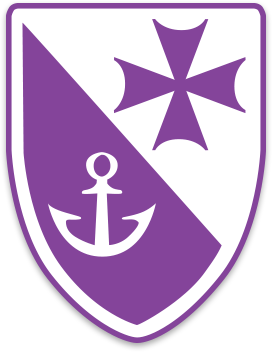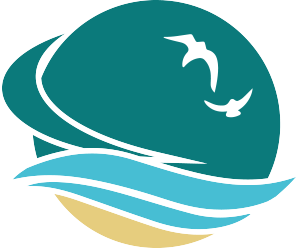History
Intent
We have developed a History curriculum that aims to engage pupils in enquiries about events and people from the past. This will enable them to understand the significance of their lives today and to have a future as a more informed and enlightened citizen.
We believe that the following are the key skills of a good historian, and we aim for all our pupils to develop these:
-
Thinking critically
-
Evaluating sources of information
-
Reaching informed decisions about the past
-
Applying the knowledge they have acquired to sympathise with decisions made
-
Compare and contrast between different periods of time and different historical figures
Alongside these skills, we also aim to ensure that our curriculum is progressively challenging in terms of both knowledge acquisition, as well as the development of cognitive skills. We have carefully planned a progression of skills and knowledge within each Year group as well as across the whole curriculum. We have liased with our feeder Infant school to ensure that there are no elements of repetition, and all knowledge and skills are progressive.
We have carefully planned and sequenced our History Curriculum. We have chosen to study a wide range of historical events and people in chronological order, as we believe that this is the best way for our children to build an understanding of the past and enables them to see the progression and pitfalls that have occurred during British history.
We have chosen to study specific events within the different periods, as we believe this enables our children to build a deeper understanding and gives them targeted knowledge. We have used the National Curriculum to inform our choices regarding which periods of time we study and have put them into a logical, progressive, broad and balanced curriculum. We study two ancient civilisations in Years 3 and 6 enabling our children to compare and contrast after the acquisition of skills from across the Year groups.
We have embedded two themes throughout our History curriculum:
-
Invasion and settlement across Britain
-
How Historians use of artefacts to enable them to develop and knowledge of past civilisations and events.
Planning in this way enables our children to build on their prior learning, as well as to compare and contrast throughout their learning journey developing a greater depth of skill and understanding.
We have thought carefully about how to contextualise our children’s historical learning by researching and finding local historical sights, as well as sourcing resources that enable our children to get ‘hands on’ with their historical learning. We have a wide range of resources on our doorstep that enable us to give children a local study, artefacts and experts which will inspire and excite our children to develop the historical knowledge and skill.
Implementation
We adopt an enquiry-focused approach to the teaching and learning of History, which develops our pupils as young historians. Through enquiry, our pupils not only build subject knowledge and understanding, but become increasingly adept at critical thinking, the use of specialised vocabulary and their grasp of subject concepts. We structure learning in History through question led enquiries about relevant historical topics, places and themes. Our curriculum is therefore ‘knowledge rich’ rather than content heavy as we recognise that if we attempt to teach historical topics, places, themes and issues in their entirety, we restrict opportunities for pupils to master and apply critical thinking skills and achieve more challenging subject outcomes.
We adopt a policy of immersive learning in History that provides sufficient time and space for our pupils not only to acquire new knowledge and subject vocabulary, but also to develop cognitive skills, subject concepts and therefore understand the significance of what they have learned.
The learning in History at Bethany is interactive and practical allowing opportunities for pupils to work independently, as well as collaboratively both inside and outside of the classroom. Wherever possible we provide our pupils with a range of contemporaneous, historical evidence including narratives, paintings, photographs, artefacts and data in the form of census and films to analyse and from which to reach conclusions and make judgements.
We provide rich, varied and differentiated ways for pupils to record outcomes of their work including the use of PowerPoint, concept mapping, annotated diagrams, improvised drama and the application of a wide range of writing genres. Only in this way will knowledge become embedded and ensure that our pupils can build on what they know and understand from one year to the next.
Our History curriculum also recognises the importance of the local area with a number of our investigations involving observations, recording, presentation, interpretation and the evaluation of historical information outside of the classroom. We have also aimed to make diagonal links with other subjects to contextualise and embed knowledge and skill.
Impact
For each unit of work in History, there are clearly articulated expectations for pupils to achieve, which we have identified as being appropriate expected outcomes. These outcomes identify both the knowledge that a pupil should have gained over the course of the unit of work and the skills that a pupil should have mastered in order to understand the significance of what they now know.
In reaching judgements against these outcomes, teachers draw upon the wide range of formative assessment that they have undertaken throughout each unit of work.
We recognise that not all pupils will achieve appropriate expected outcomes. Therefore, we have identified expected outcomes for each unit of work in History for pupils working towards the expected standard. We have also identified expected outcomes for each unit of work in History for pupils working at greater depth within the expected standard.

